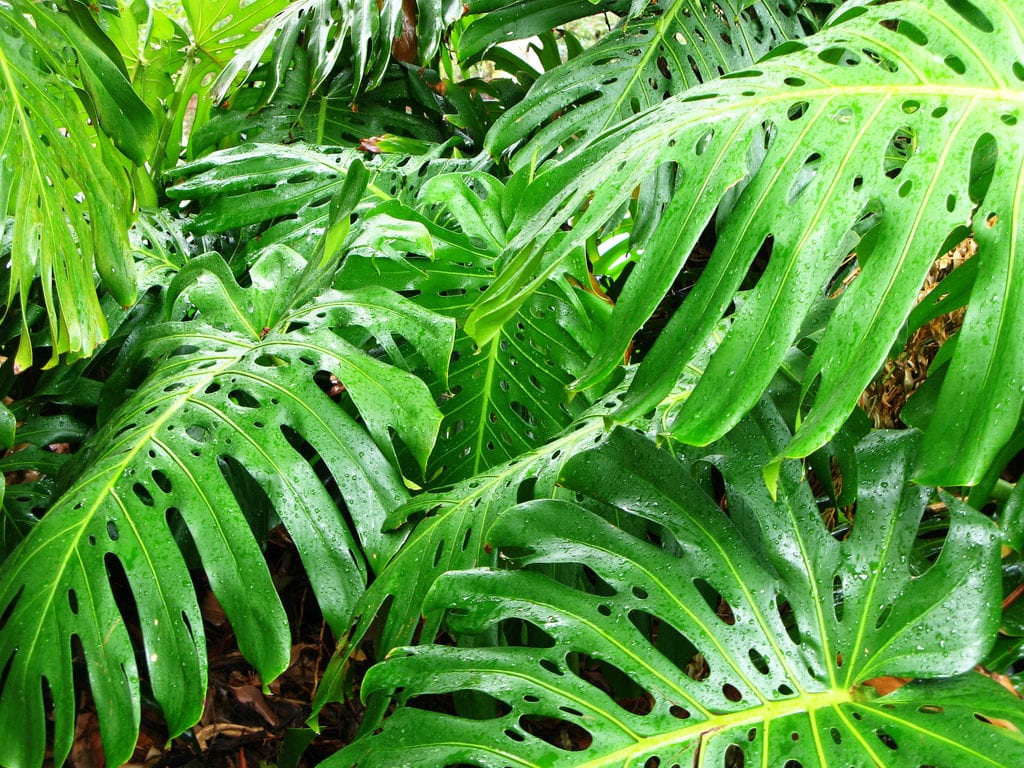
In the world there are millions of species of plants. Each of them has adopted forms that allow them to capture as much sunlight as possible in order to grow. There are trees, palm trees, cacti, climbing plants ... and they all do their best to stay alive one more day.
Each variety has its own characteristics, so let's see what types of plants there are worldwide.
To make this article more organized, we are going to classify the plants into two large kingdoms: Gymnosperms and Angiosperms. What is the difference between them? Basically, in that the first ones do not have showy flowers. They were the first to appear 350 million years ago, which is why they are considered primitive plants.
The latter, on the other hand, are more "modern": they appeared 145 million years ago. Today they are the most abundant, and the ones that most frequently decorate gardens and terraces.
Gymnosperms
Within Gymnosperms we find conifers, Cicadaceae, ferns and a single tree: the Ginkgo biloba.
conifers

Cupressus (cypress)
Conifers are all those plants, whether trees or shrubs, that have a more or less straight trunk, with horizontal branches. Its leaves are evergreen, and are needle-shaped. The flowers are unisexual, and the fruit is shaped like a pineapple.
The most representative species are:
cicadaceae
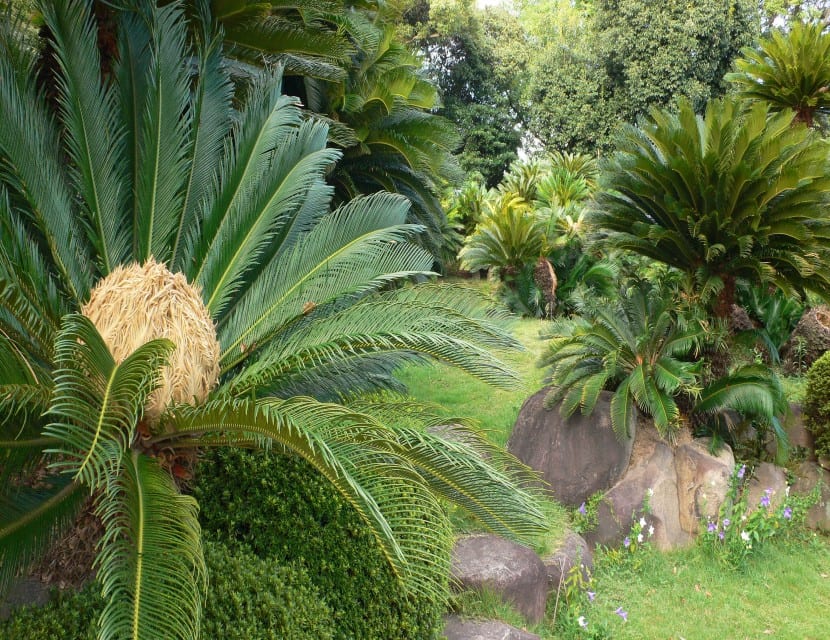
The botanical family Cicadaceae it is characterized by having a straight trunk, long pinnate leaves, a curious inflorescence that is rounded in the case of female feet and elongated in male feet, and a very hard seed, generally reddish in color.
The most representative species are:
- Cycas revoluta
- Zamia furfuracea
- Dioon spinulosum
Ginkgo biloba

El Ginkgo biloba it is the only species of the genus Ginkgo that has survived to this day. It is believed to be native to Asia, specifically China. It grows very slowly, reaching a height of 35 meters. Its leaves are very peculiar, since they are fan-shaped. These are dark green and measure between 5 and 15cm. The trunk is straight, with a narrow and somewhat pyramidal crown.
ferns

nephrolepsis exaltata
Ferns are characterized by having fronds (leaves) that emerge from the center of the plant and unroll as they open.. There are them throughout the temperate and warm regions of the world, especially in the humid tropical forests. Most of them do not have a stem, but there are some other species, such as Cyathea cooperi, that develop a very beautiful arboreal appearance.
The most representative species are:
- Cyathea dregei
- Pteris cretica
- Asplenium nidus
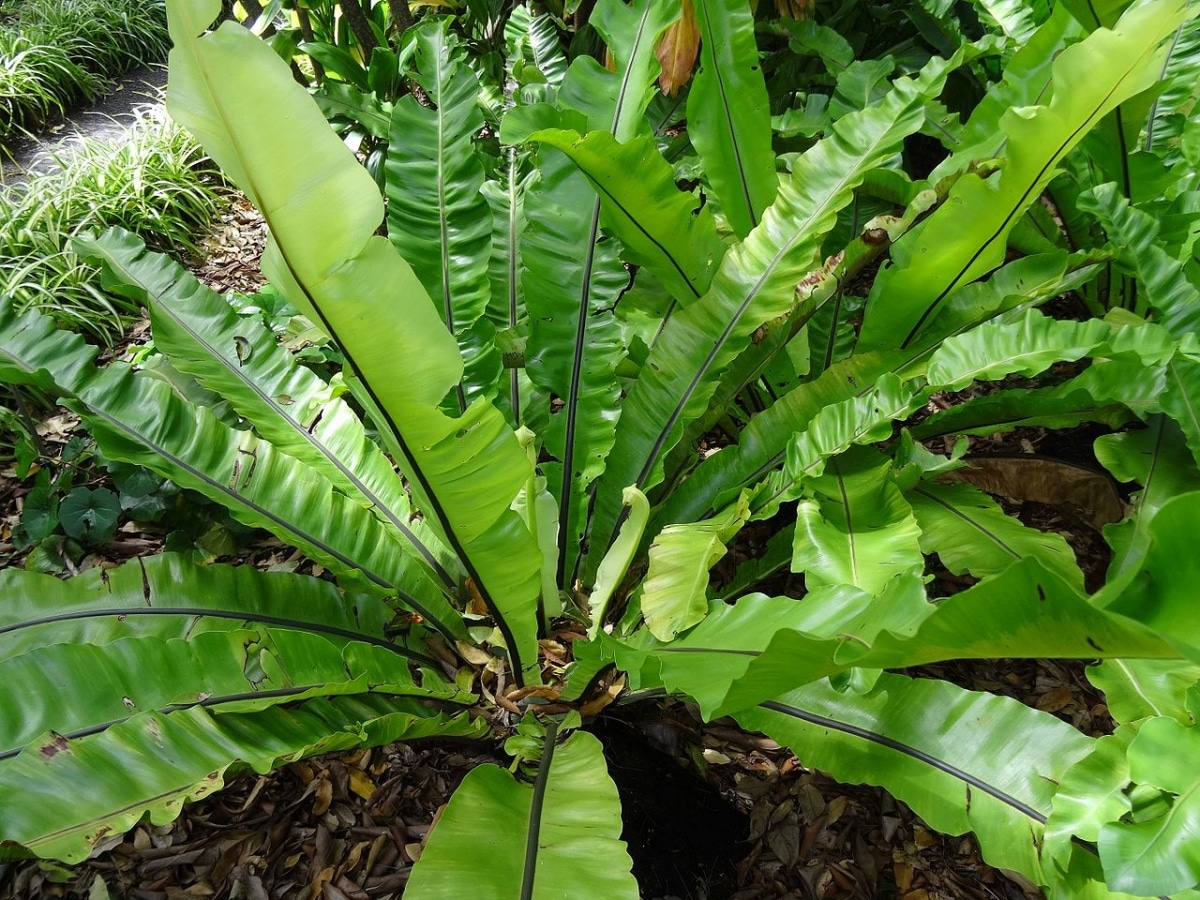
Angiosperms
Within the kingdom of Angiosperms we find many types of plants whose flowers are very beautiful. For example:
Trees

Delonix direction
Trees are those plants that measure more than 4 meters, with evergreen or deciduous leaves. The stem is woody, measuring at least 30cm in diameter, and branches from some distance from the ground.
The most representative species are:
- Acer palmatum
- jacaranda mimosifolia
- Oak
Shrubbery

callistemon laevis
Shrubs are ideal plants to fill in the gaps that have been left empty in the garden. They grow no more than 4 meters, and there are many that are very decorative, either because of their flowers or their leaves ... or both 🙂. They are characterized by branching from very close to the ground, sometimes from its level. Its stems are woody, and can be evergreen or deciduous.
The most representative species are:
- Polygala myrtifolia
- Rhododendron simsii
- rhododendron ferrugineum
- Camellia sinensis
climbers or epiphytes
Climbers are shrubs with stems that develop on the branches of trees. Normally, they have a very fast growth rate and very pretty flowers.
The most representative species are:
- Jasminum polyanthum
Cactus

Rebutia spinossissima
The cactus they are very easy to recognize plants: Most of them have more or less long spines, with a fleshy stem and such beautiful flowers that, unfortunately, they only last a few days. They are only found growing naturally in America, especially in Mexico.
The most representative species are:
- Mammillaria swinglei
- Echinocactus grusonii
Carnivores
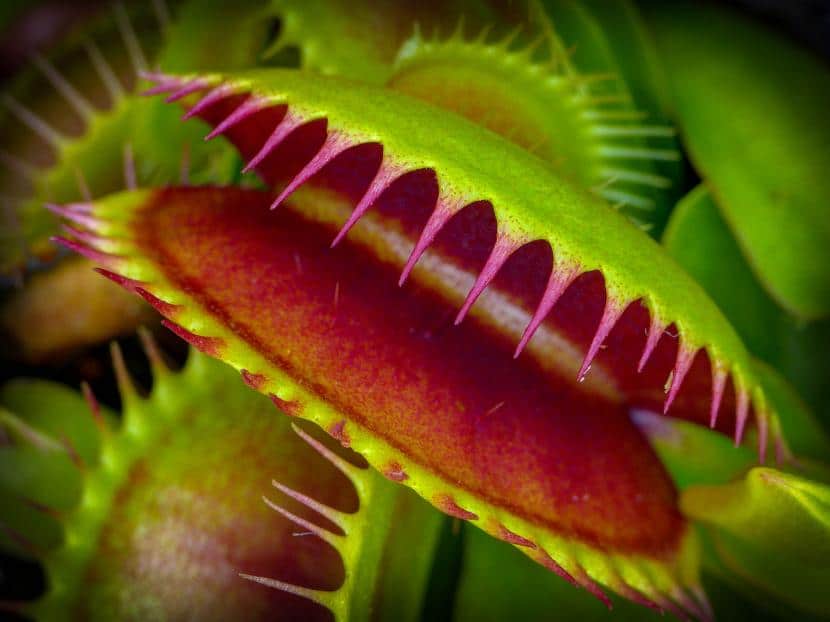
Dionaea muscipula
Carnivorous plants are those that find so few nutrients in the soil where they grow that they have evolved to feed on insects. Thus, they have developed sophisticated traps that attract them.
The most representative species are:
- Sarracenia leucophylla
- Penguin 'Sethos'
- Nepenthes khasiana

Succulents

Crassula barbata
Succulents, or non-cacti succulents, are native to Africa. They are those plants with fleshy leaves and / or stems that, in most cases, do not have thorns, so they are a highly recommended option to decorate the patio or terrace avoiding the risk of children getting hurt.
The most representative species are:
- aurantiaca fenestraria
- Argyroderma spec. Holrivier
- echeveria elegans
herbaceous

Calendula officinalis
Within this group we distinguish the annuals, which are those that have a life cycle of one year, such as marigolds or daisies from the meadows; the bi-annuals, whose life cycle lasts 2 years like digitalis or wallflowers; and the vivacious, which are those that live for several years as gazanias or dimorphotheques.
The most representative species are:
- digitalis purpurea
- Gazania freezes
- matthiola incana
Horticultural
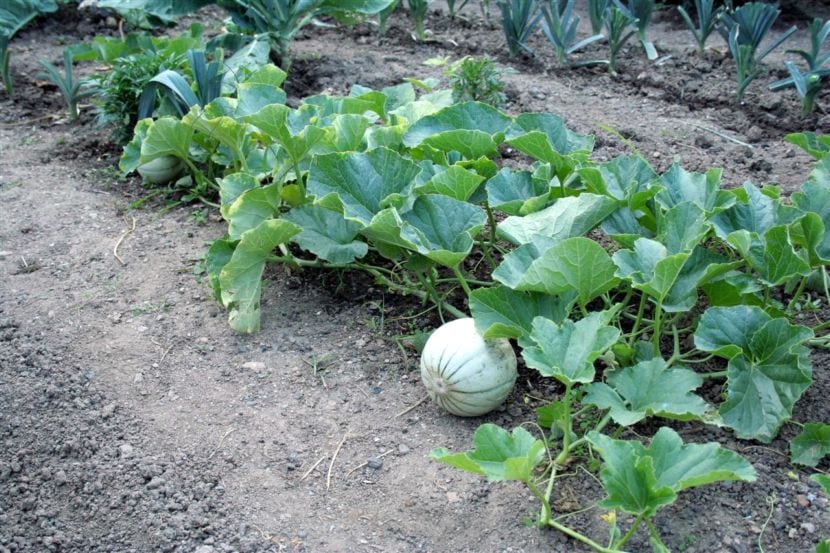
Cucumis melo (melon)
Horticultural plants are herbaceous plants that have edible fruits, leaves and / or roots.. They are the most important for the human being, since they allow us to be well fed and nourished.
The most representative species are:
- Lactuca sativa (lettuce)
- Citrullus lanatus
Orchid
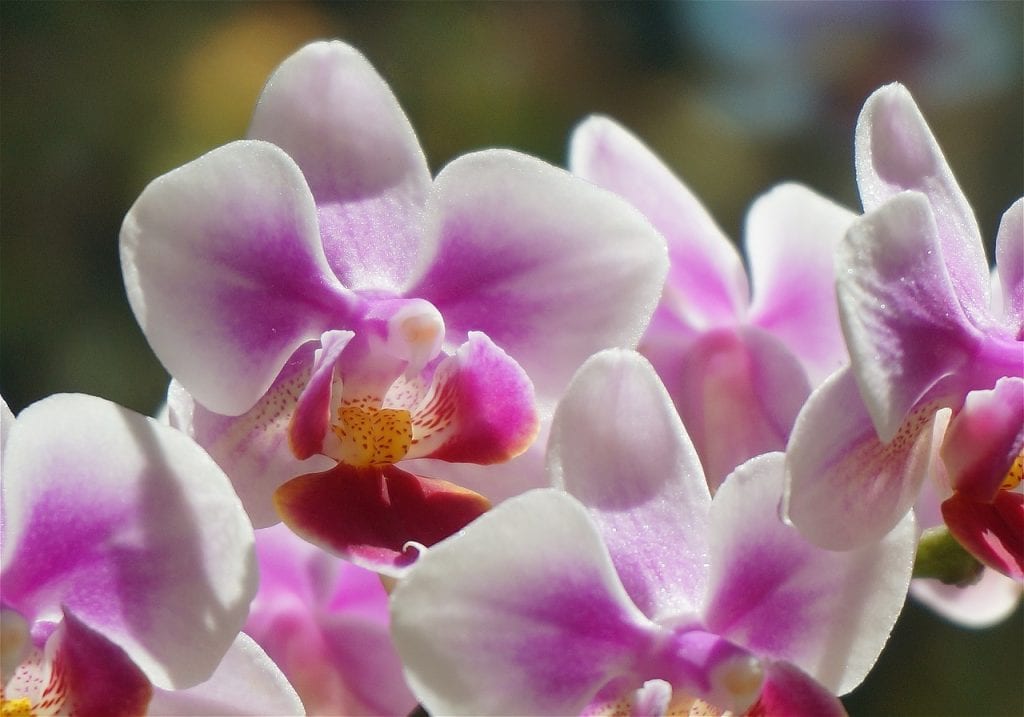
Phalaenopsis
What to say about orchids? They are the owners of the most elegant flowers in the world. Some of them adopt curious shapes of animals, and what is more curious is that to germinate, they need the help of fungi. Three types are distinguished: epiphytes, which are those that grow on the branches of other tall plants; semi-epiphytes, which are those that can live well both on the branches and on dry land; and terrestrial, which are the ones that grow on the jungle floor.
The most representative species are:
- vanda rothschildiana
- Cattleya Trianae
Palms

Cocos nucifera (coconut palm)
Palm trees are herbaceous plants that inhabit all temperate and warm regions of the world. There are an estimated 3200 species, and all of them are truly spectacular. They are characterized by having (or not) a woody stem (but only with primary growth of the trunk), evergreen leaves that can be pinnate, costapalmate or palmately, with or without thorns, axillary inflorescences, and fruits that can measure from 1 to 15cm inside which is the seed.
The most representative species are:
- Phoenix canariensis
- Howea forsteriana
- Dypsis lutescens
- mild caryota
- Image – Flickr/Scott Zone
- Rhopalostylis sapida
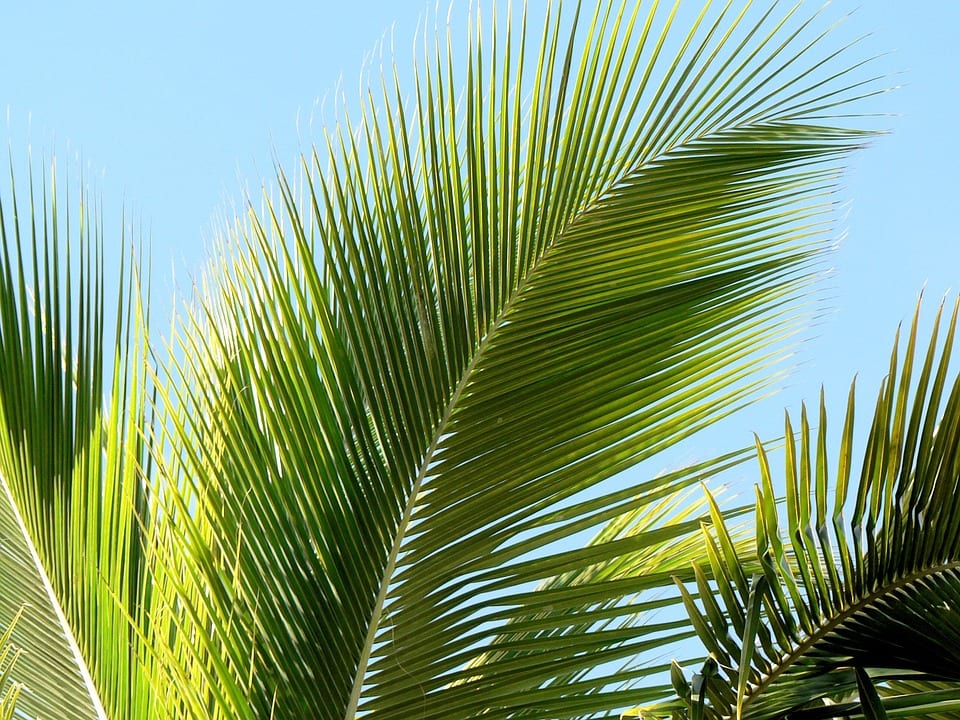
Caudiciform plants or plants with caudex

Adenium obesum (Desert rose)
These are plants whose trunk serves as a water reserve. As they absorb the precious liquid from the soil, its stem thickens, forming what is known as caudex. They are a very curious and beautiful type of plant life, especially if we take into account that they live in normally arid climates.
The most representative species are:
- Pachypodium lamerei var. ramosum
- Adansonia digitata (Baobab)
- fockea edulis
And with this we are done. We hope you find it useful 🙂.






































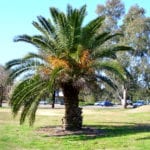

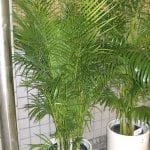
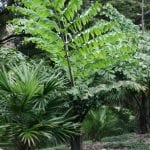
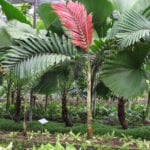



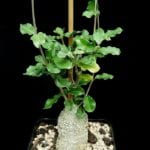
Thanks for the information, it will be of great importance for my students since we are working on projects where the children chose the topic of medicinal plants, I hope you can share the names of the medicinal plants with us, since here on the coast of Oaxaca some have names. premises of which we do not know their scientific names.
We are glad that it has been useful to you. We take note of your suggestion 🙂
Hello, I was an informative article, but I am missing who wrote this article about plants, could you please tell me?
Hello Anna Iris.
The author of the post is me, Mónica Sánchez.
A greeting.
Very good days.
I really liked the information collected here. I also see that you actively participate in your blog. He came to make a request as strange as it was selfish. I find myself immersed in a story. 50% of that world revolves around plants, I have been able to find plenty of data on the net... But tell me, would you be able to assign or delimit human characteristics to plant species based on your knowledge of them? Could we perhaps say that a cactus is brave and tough? I would very much like to know your opinion. All the best.
Hello Aaron.
Honestly, I can't assign human characteristics to plants, because I don't think they are "human." I mean, plants appeared on Earth about 350 million years ago, and modern humans only 10 years ago. The Law of Survival was already "written" by plants long before it was by humans.
Now, I also tell you that I do not believe that a plant is brave and/or rude, but rather that it is a plant that, in order to adapt to a specific habitat, has had to develop in an X way: cacti changing their leaves for thorns , the succulents turning their leaves into fleshy water reservoirs, the Mediterranean plants taking out leaves that are often small and leathery, etc. Then, whether they are brave or not for us is another story, although it is still the same.
I do not know if I explain myself. I also like to write (poetry, especially), and I understand what you ask. But I already tell you, what can be a human characteristic, for me it is still an adaptation mechanism of plants.
But if you, with your imagination and the inspiration you have at that time, feel that your story would be better endowing plants with "humanity", no one will stop you. What's more, it will surely be original and very interesting 🙂
Regards!